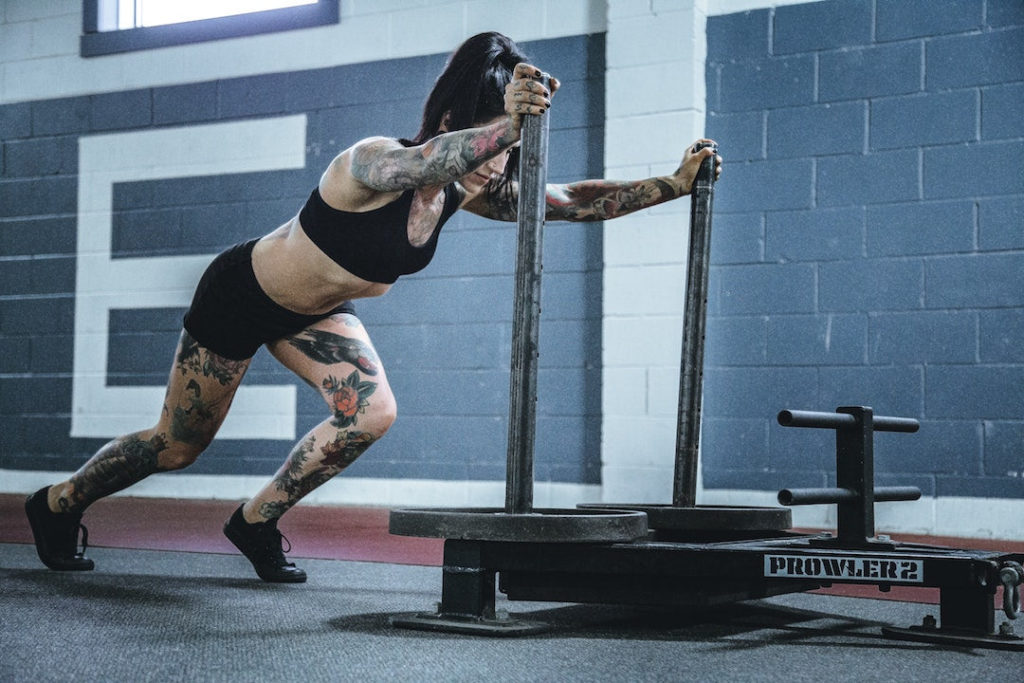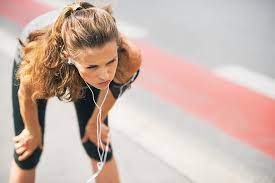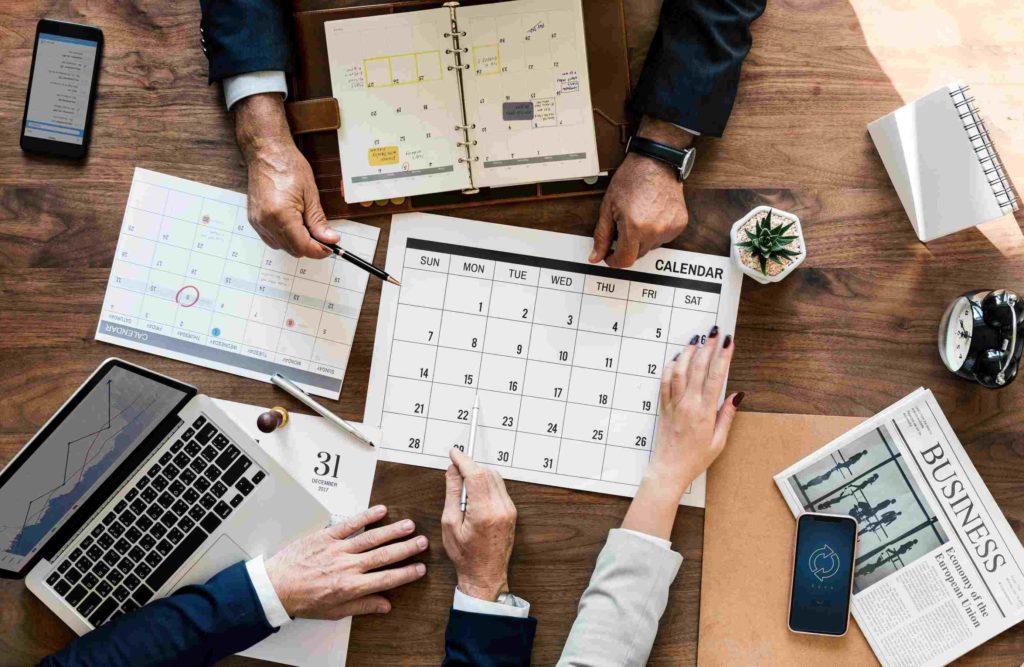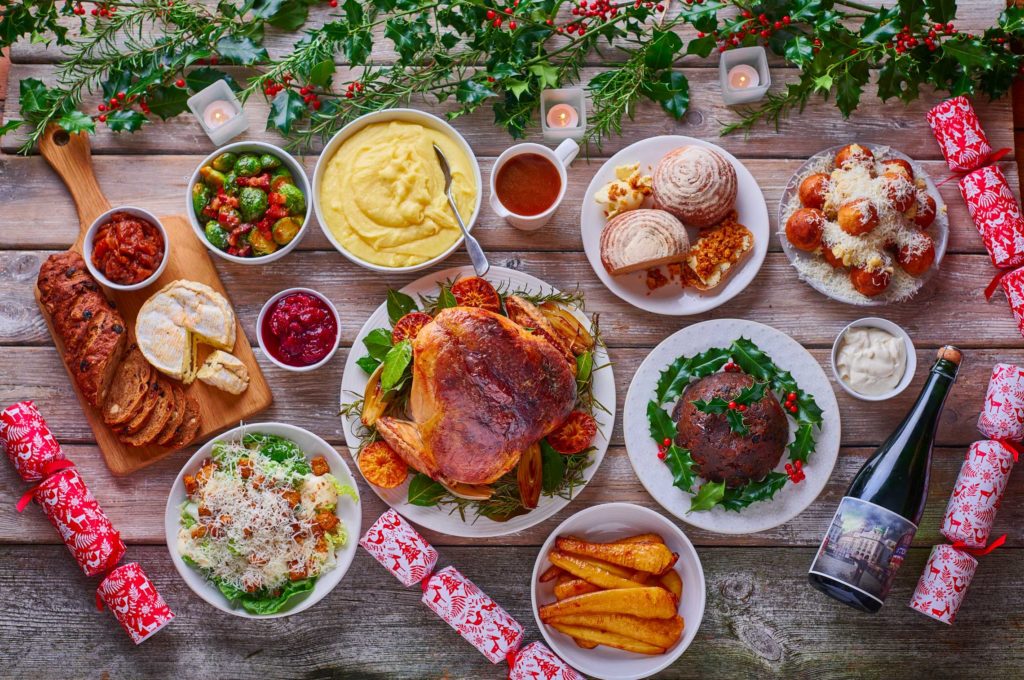The needs of a home gym that caters to you are completely separate to a commercial gym that needs to cater to the masses. We’ve all seen weight racks with dumbbells ranging from 1kg up to 40kg and every weight in between that caters for people with a wide range of abilities, goals and body types. In contrast, your home gym may be a shared space in your house and need to be converted into a gym space at the drop of a hat when and reverted back just as quickly.
With this in mind, there are decisions that can be made in the planning that will give you the most flexibility in the long run.
1. Think about your storage space
“A place for everything and everything in its place”

In simplest terms, where will your equipment be when you’re not using it? It seems obvious but unlike a commercial gym, you don’t need to compete amongst family members for the space being used. It’s also necessary to think about how safely your equipment is stored with heavy weights being dangerous for those who don’t routinely handle them including children.
Having a dedicated storage space for your equipment can be just as important as having a dedicated space in which to train. Knowing that your equipment is stored safely and where it is at any given time for when you choose to incorporate it into your workout means being able to get set up quickly and efficiently, and then afterwards, returning everything to where it belongs.
2. Consider the other use of the space you’re using
What else your space is used for overlaps with the above point in that the other uses of the space will dictate how much of the equipment needs to be removed from the area at the end of a workout. When choosing where to set up your home gym, it’s important to ensure that it’s not only suitable in terms of size and shape, but what else does it need to be used for?
If the space needs to be one corner of your living room and on the other side of the room the TV is loud and disruptive, you may find an alternative space more appropriate, even if it’s smaller and you have to make different sacrifices.
When fewer other uses demand your space, you’ll find setup time reduced and far fewer distractions.
3. Consider the time you exercise
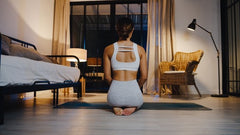
The time of day you’re planning to exercise will have a bearing on how quickly you can set up and pack away your home gym space. Many people feel empowered waking up early before the rest of the family and starting their day with a strong purpose with either a run or a workout.
If you’re able to dedicate time where you don’t need to take into account the space needs of others in the house, your gym is up and ready before you know it and then packed away quickly after.
4. Buy the right equipment
When you’re choosing your equipment, there are many options that will be far simpler to pack away such as dumbbells vs barbells. A barbell is notoriously long and whilst it can be stored vertically, this poses risks in a home environment. Even commercial gyms have space to safely store what is essentially a heavy, long metal bar.
Equipment for the home gym market is designed knowing that space is typically at a premium and this is why there are many versatile kits and pieces of equipment such as adjustable dumbbells available. Such kits often feature carry cases that make storage easy and beginning your workout is just a case of opening a few clips, choosing your weight and taking a deep breath.




